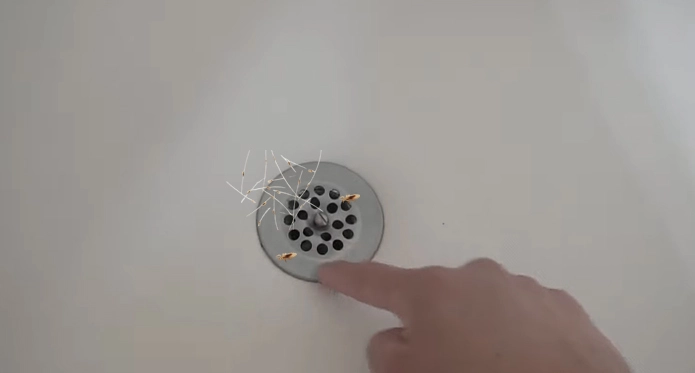Last Updated on March 8, 2023
People usually comb their hair in the bathroom and flush it down the drain. Would you believe us if we said those lice could haunt you? Yes, because lice and nits can survive off your drain for up to 12 days. And if you don’t keep your drain clean, you could be inviting them back into your life.
The bathroom sink drain, shower drain, and even your kitchen sink’s drain can be a haven for lice. Head Lice are attracted to the warm, moist environment these drains provide. And if you have long hair, they can easily find their way into your drain. So how to clean nits out of a drain?
Let’s talk about how to keep lice away from your drains. After all, an ounce of prevention is worth a pound of cure.
How to Clean Nits Out Of a Drain: Effective Methods
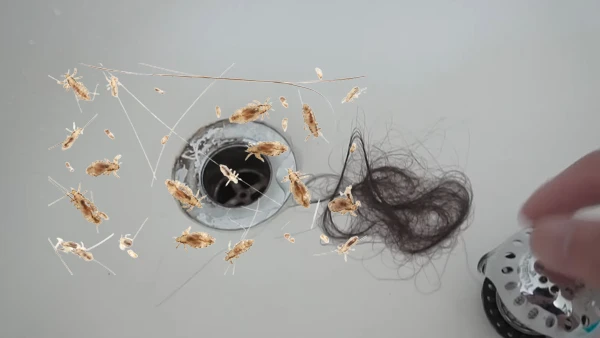
Anyone who has ever tried to clean nits out of a bathroom drain knows that it can be a challenge. The good news is that several methods can effectively remove these pesky pests. The following methods are some of the most popular ways of removing nits from drains:
1. Use Boiling Water
One of the simplest methods for removing nits from a drain is to pour boiling water down the drain. Be careful not to splash yourself, and allow the boiling water to sit in the drain for several minutes before flushing it with cold water.
You should scrub the drain with a brush to loosen any nits clinging to the sides during this time. If you have a garbage disposal, you can also turn it on to help remove any nits that are clinging to the blades.
2. Use White Vinegar
Another way to get rid of nits is to pour white vinegar into the drain for 30 minutes. The acidity of vinegar helps to break down the egg cells of lice, making them easier to remove. After that, flush the drain with hot water to eliminate the egg cells.
You may need to repeat the process if your drain still has nits. But white vinegar is a safe, natural way to clean and keep your drains flowing freely.

3. Use Baking Soda
Baking soda is another effective way of getting rid of nits in drains. To use this method, pour 1/2 cup baking soda down the drain, then add 1/2 cup white vinegar. Let the mixture sit for 30 minutes, then flush with hot water.
Another way is to make a paste of baking soda and water, apply it to the drain, let it sit for 15 minutes, then flush it out. You can also sprinkle baking soda on a damp sponge and scrub the drain. For hard-to-reach places, use a toothbrush or other small brush.

4. Use Lemon Juice
Lemon juice is another natural method of removing nits. Simply pour a cup of lemon juice down the drain and let it sit for an hour or so. Then, use a brush or other implement to scrub away any remaining nits.
The acidic nature of lemon juice will help to dissolve the nits, making them much easier to remove. You may need to repeat this process a few times to eliminate the nits, but it’s well worth the effort. Not only will your drains be free of nits, but they’ll also smell fresher and cleaner.
5. Use Hydrogen Peroxide
Most people are familiar with hydrogen peroxide as an inexpensive and effective disinfectant. Many people are unaware that it can also be used to remove nits from drains. The process is simple:
Remove any standing water from the sink or drain first. Next, apply hydrogen peroxide directly to the drain, using a funnel if necessary. Allow the peroxide to sit for several minutes, then rinse with hot water. The hot water will loosen any remaining nits, and the peroxide will disinfect it.
With regular use, hydrogen peroxide can help to keep your drains free of nits and other debris.
6. Use Commercial Drain Cleaners
Many brands claim to be able to quickly and easily clean out drains, but not all of them are effective at removing nits. Commercial drain cleaners can be divided into two categories: caustic soda-based and enzyme-based.
Caustic soda-based cleaners are the most commonly used type of drain cleaner, as they are typically more affordable and readily available than enzyme-based cleaners. Caustic soda-based head lice medicine does not always remove nits, which can sometimes cause the eggs to hatch.
On the other hand, enzyme-based cleaners are specifically designed to break down protein-based substances like nits, making them a more effective choice for this specific task. Follow the manufacturer’s instructions carefully when using head lice medicines containing enzymes.
Almost all of these methods are effective at removing nits from drains, but some may be more suited to your needs than others. Try out a few of them and see which works best for you. With a little effort, you can keep nits out of your drains and keep them flowing freely.
Where Can Lice Get If You Don’t Clean Nits in the Drain?
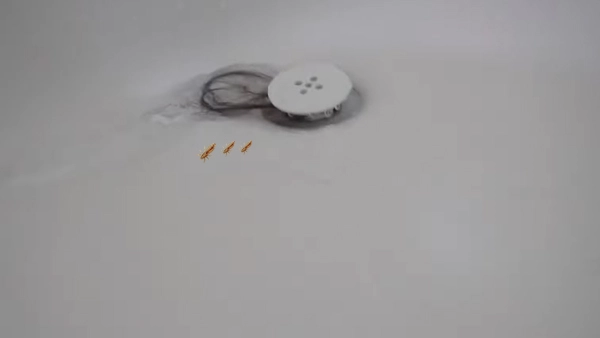
Removing all the nits (lice eggs) from your drain is important if you have lice. If you don’t, the lice will hatch and crawl back onto your head. But where do they go in the meantime?
The lifespan of lice away from a human host is up to 48 hours. This means that they can potentially end up anywhere in your home, including:
- On furniture, such as couches and chairs.
- In bedding, including sheets, pillows, and blankets.
- On clothing, particularly hats, scarves, and coats.
- In carpeting and rugs.
- On stuffed animals and other plush toys.
That’s right. If you don’t clean nits out of the drain, lice could end up there. Anywhere that people frequent is a potential lice habitat.
So be sure to lice comb through your hair thoroughly and then clean your comb under running water. You may also want to use a special nit-removal product to help get rid of any remaining eggs.
What Color Are Nits Eggs Found?
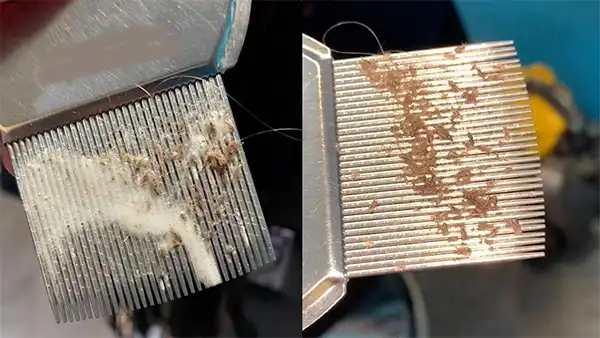
Nits are small, oval-shaped eggs that are usually a yellowish-white color. They are firmly attached to the sides of hair shafts and are difficult to remove. Nits hatch in about seven to twelve days, and the nymphs that emerge are tiny versions of the adults.
Nymphs mature in about two weeks and begin to lay their own eggs. A female body louse can lay up to eight eggs per day. Lice reproduce rapidly and can quickly become a problem if they are not controlled.
There are several different products available for treating lice, and it is crucial to follow the directions carefully to ensure that all of the nits are removed.
What Kills Nits and Lice Instantly?
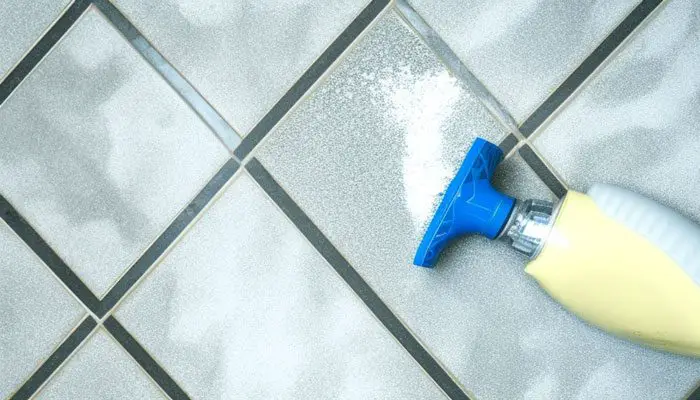
Several products on the market claim to kill nits and lice instantly. Even so, it’s important to remember that no product can kill all nits and lice in one treatment in a drain.
An effective nit-killing product must be used correctly and combined with other head lice treatment methods, such as combing and cloth laundering. Even then, it may take several treatments to eliminate all the nits and lice.
Read the label carefully if you’re looking for a product to help kill nits and lice. Some products are designed to kill only nits out of the drain, while others are effective against both nits and lice.
How Can You Tell If Nits Are Dead?
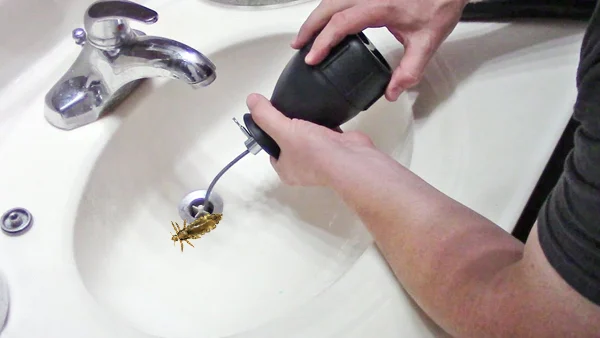
If you’re wondering how to determine if nits are dead, the answer is actually quite simple. Just look for them in your drain. Nits are small, white eggs that are deposited on the hair shafts by lice. Once they hatch, nits are visible and can easily be seen in drains.
If you suspect you have nits, just check your drain for any small, white eggs. If you see any, then they are probably still live louse. And if you don’t see any eggs, they are probably dead.
Another way to identify dead nits is to look for them on your hair shafts. They are most likely to die if they are no longer attached to the hair. You can also try using a magnifying glass to get a better look. Nits are usually oval in shape and have a translucent outer shell.
If you see any that match this description, then they are probably still alive. With a little bit of investigation, you should be able to figure it out.
Can You Find Nits but No Lice in the Drain?
Despite your best efforts, you may find that your infestation persists. Sometimes, you may find nits in your drain but no live lice on your head. This can be confusing and frustrating, but a few possible explanations exist.
To begin with, it is pertinent to understand that nits can survive after the head louse that laid them has died.
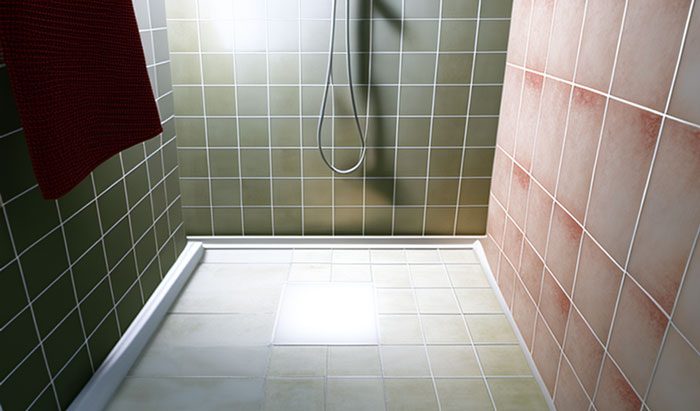
There is also the possibility that you are at the very beginning of lice infestation. It’s not uncommon for people to have nits but no live lice.
Last but not least, it is also possible that the nits in your drain are from a previous infestation. While the lice may be gone, leftover nits can remain in your hair for some time.
Should I Wash Everything after Finding Nits in the Drain?
If you find nits in the drain, it’s wise to take action to prevent them from spreading. There may be times when you wonder if it is necessary to wash everything in your home. The answer depends on how many nits you find and where they are located.
Washing everything is probably not necessary if only a few nits are found. You should wash all of your bedding and clothing if you find many nits or if they are located in areas where they could spread easily.
You should also vacuum carefully to remove any nits clinging to the carpet or upholstery. By taking these steps, you can help prevent the spread of nits and keep your home clean and healthy.
How Safe Is It to Clean Nits Out Of a Drain?

Cleaning nits out of a drain is a fairly simple process. And you should avoid contact with the eggs, as they can be harmful if ingested. The following tips will help you clean nits out of a drain safely:
- Wear gloves when handling nits or eggs.
- Avoid contact with your eyes, nose, or mouth.
- Wash your hands thoroughly after handling nits or eggs.
- Discard all nits and eggs in a sealed bag.
By following these tips, and our above other suggestions about cleaning nits out of a drain, you can effectively clean nits out of a drain and keep your family safe.
You can always consult a doctor or other medical professional if you have concerns about your safety while cleaning nits out of a drain. They can provide you with more information and help you make the best decision for your situation.
You Can Also Read:

